raw Gauss filtered sigma=4
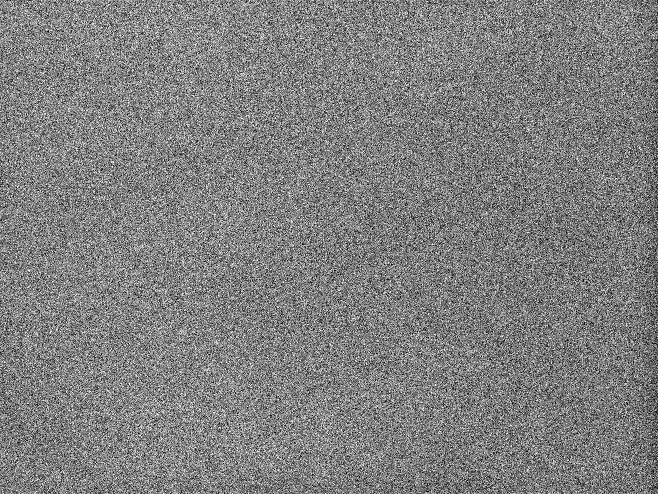
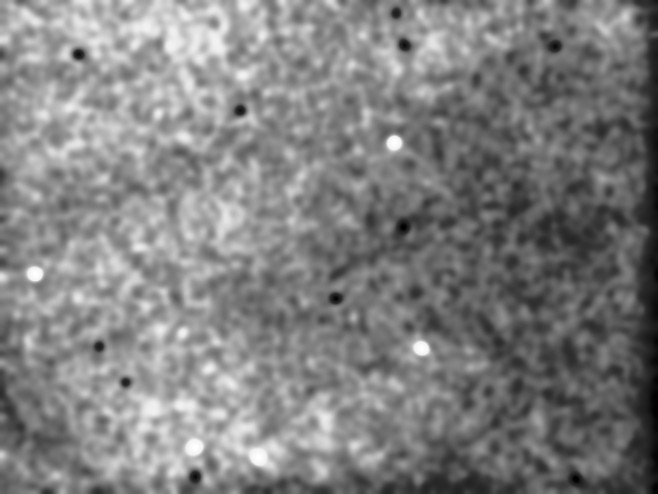
Here I subtracted a dark frame from the images. The dark frame (30sec.) is the average of 50 exposures.
Then I divided the calibrated images. If the images were of uneven brightness but actual brightness values were a linear function (i.e. all pixel in img_a are 10% brighter that same pixel in img_b) then the result should be an even gray.
The divided image was histogram gauss equalized and is displayed on
the left.
On the right is the image after gauss filtering with sigma=4 and the
histogram gauss equalization.
raw = divided calibrated images histogram gauss equalized
filtered = divided calibrated images gauss blur filtered sigma=4 and
then histogram gauss equalized
#50 - #40
raw
Gauss filtered sigma=4


#50 - #30
raw
Gauss filtered sigma=4
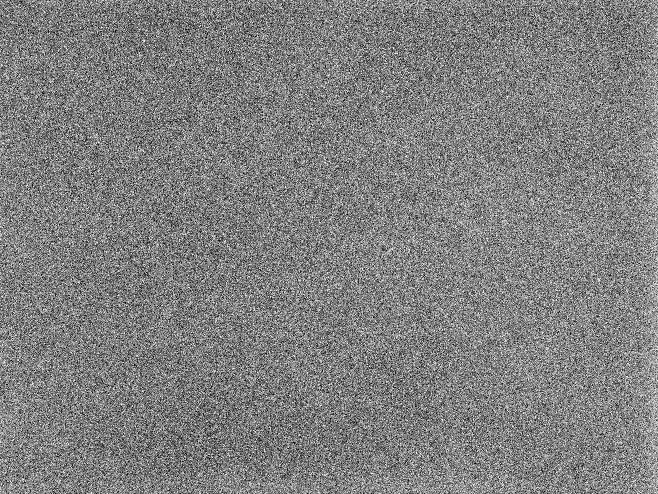
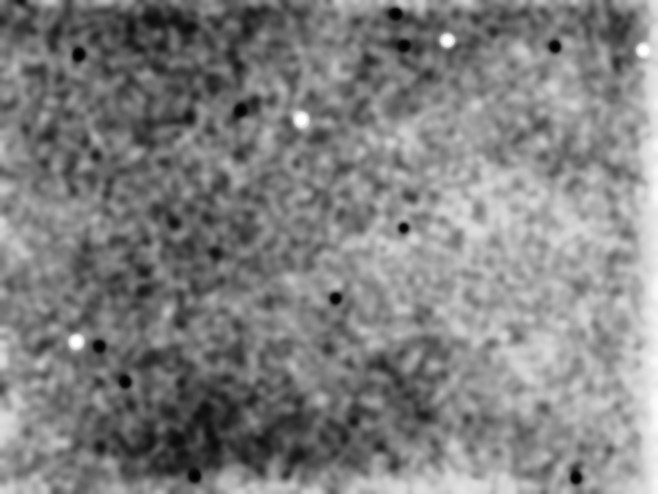
#50 - #20
raw
Gauss filtered sigma=4
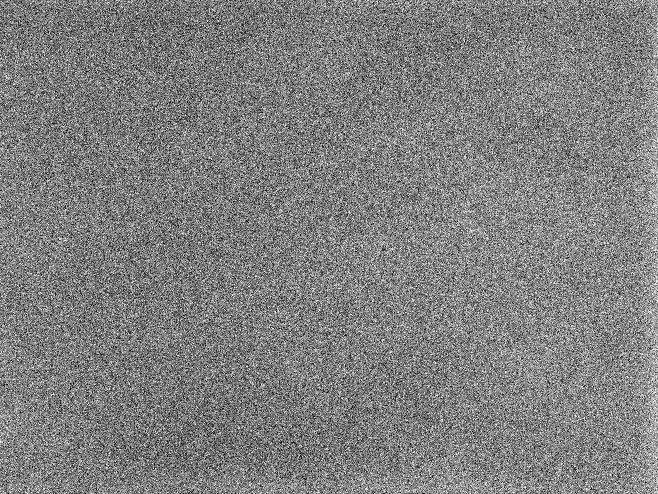
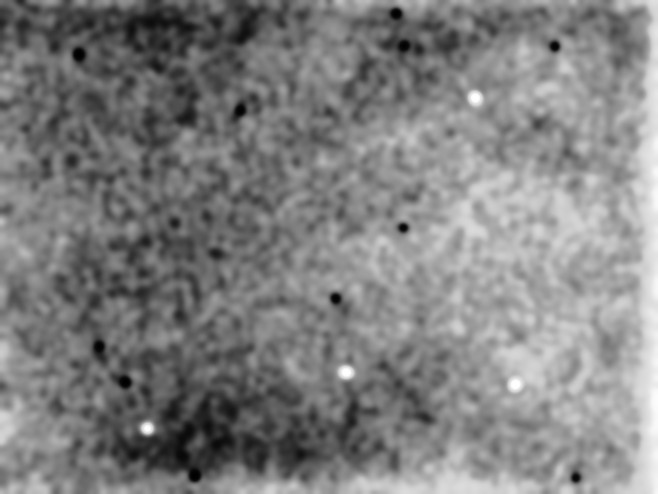
#50 - #10
raw
Gauss filtered sigma=4
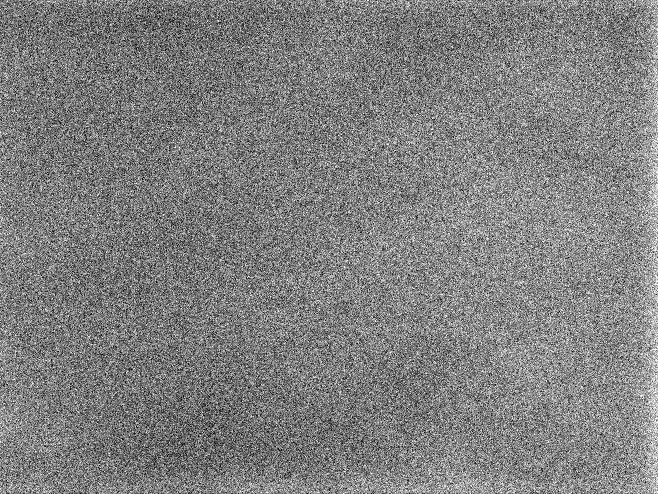
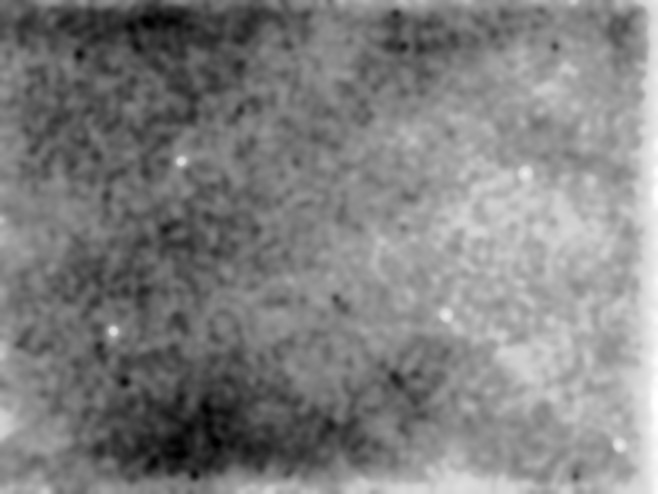
#50 - #01
raw
Gauss filtered sigma=4
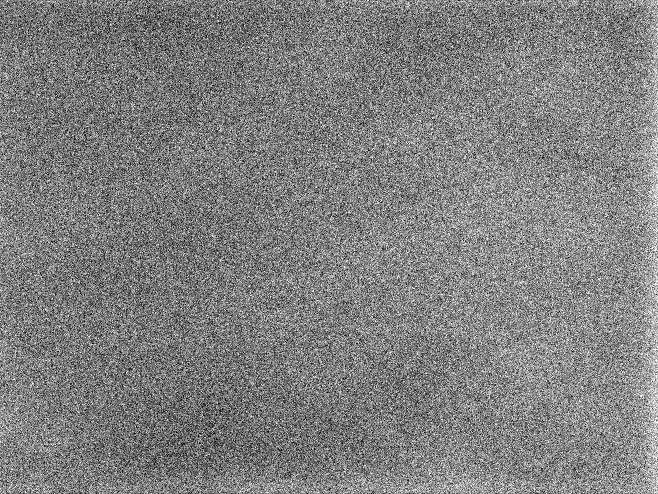
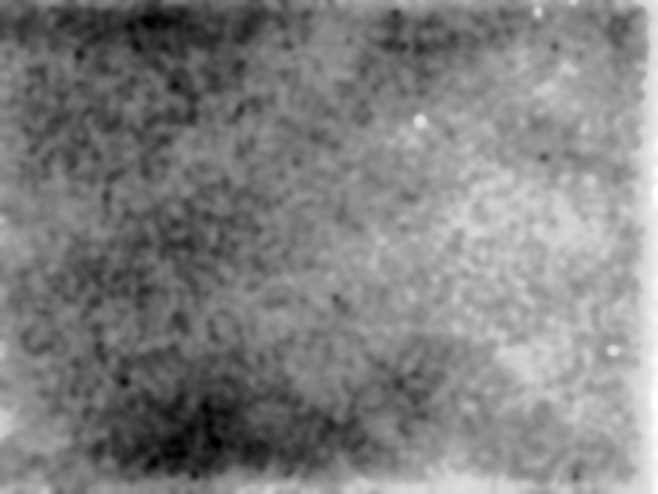
Two immediately neighboring images
#50 - #49
raw
Gauss filtered sigma=4
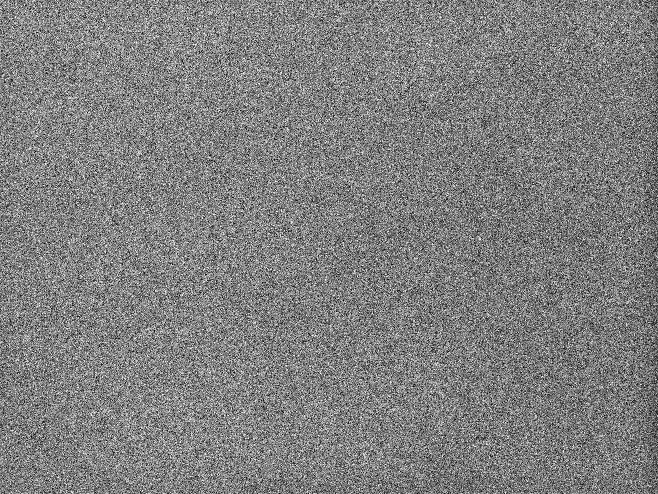
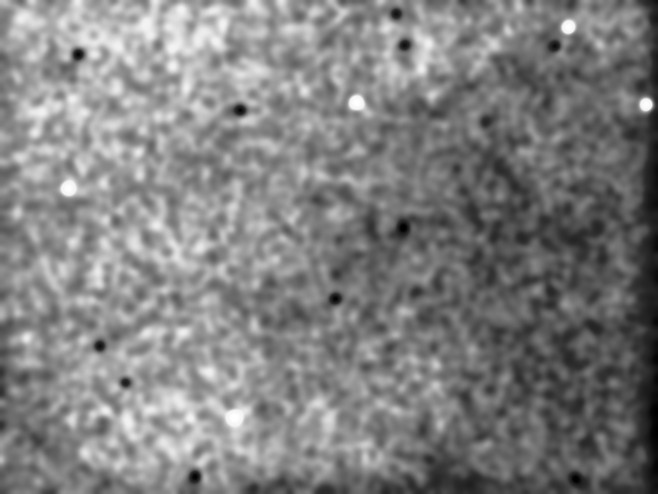
With more time in between exposures more structures become visible.
Statistics:
From the std-dev of images 1-20 vs 50 it appears again that the camera
was not fully in equilibrium. Perhaps still cooling down? These were the
first images taken. Images 30 to 50 seem to be pretty homogenous.